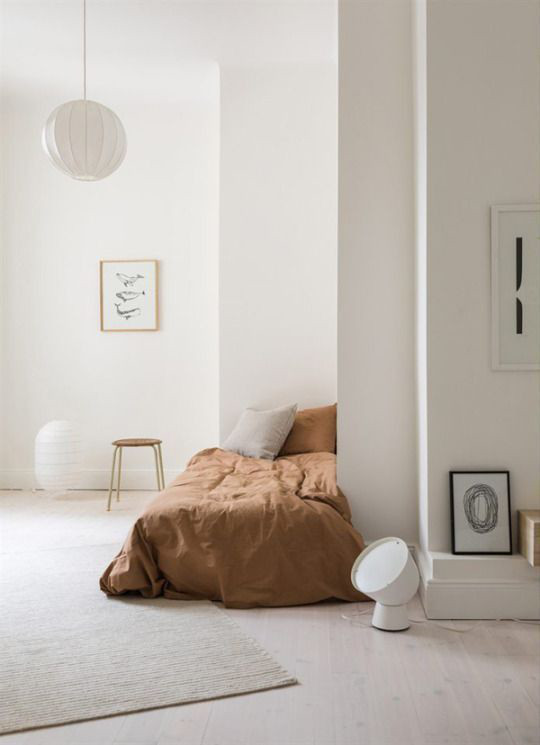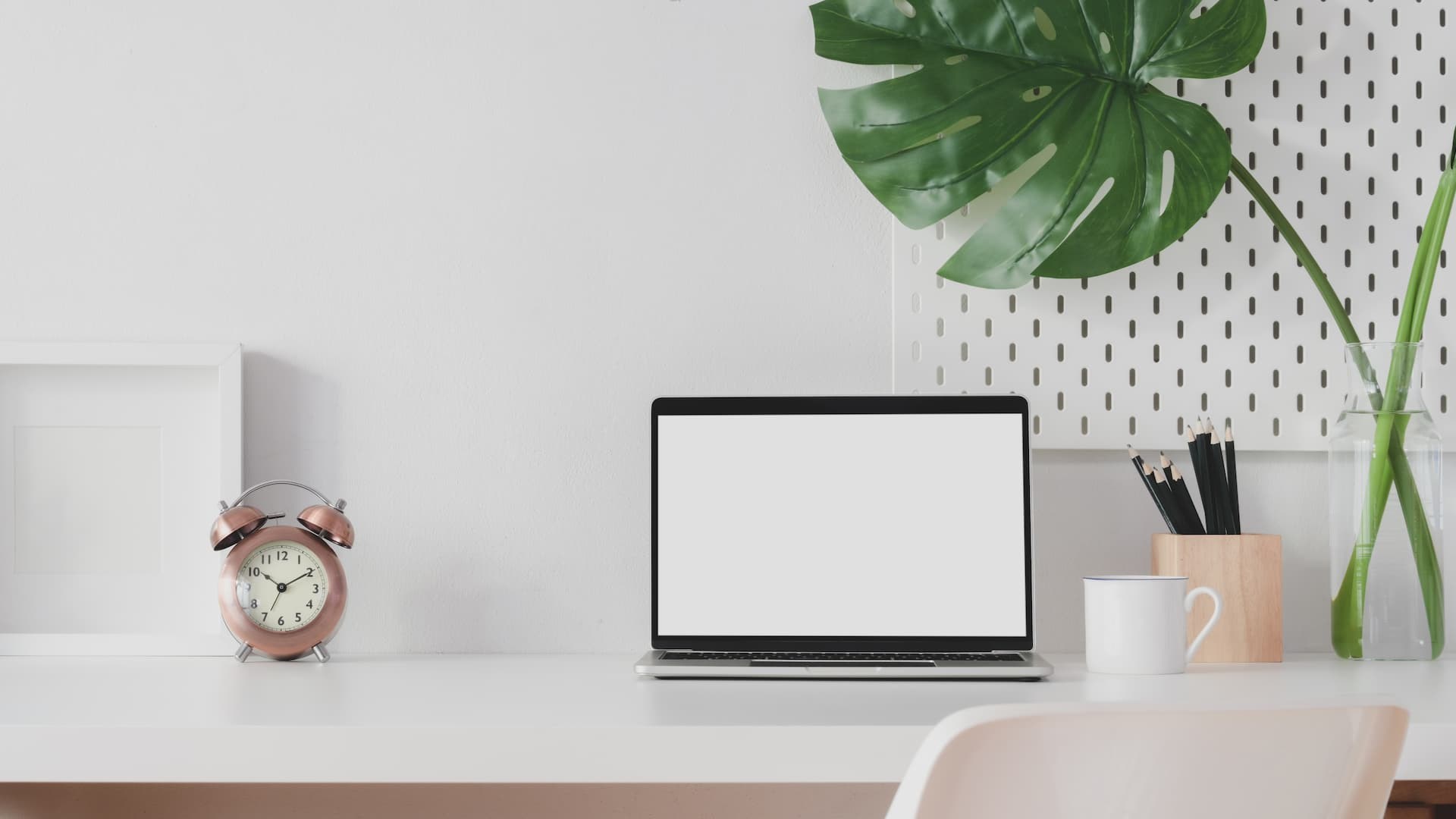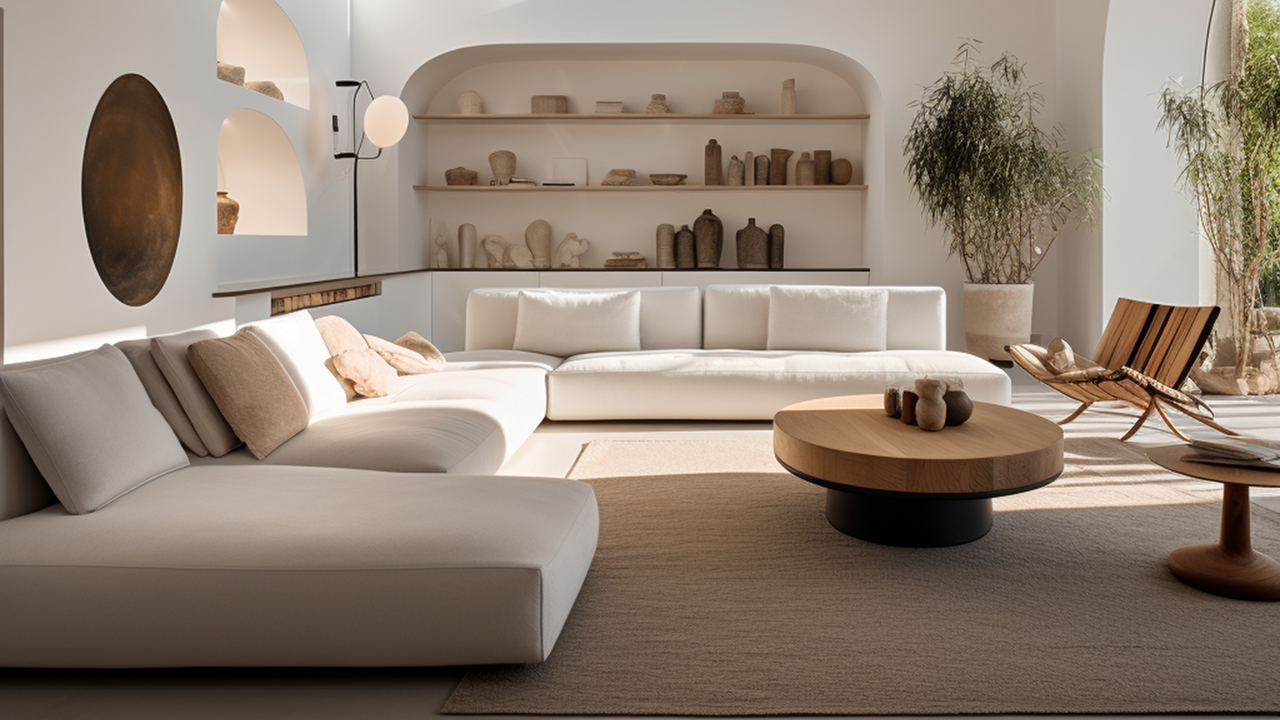The Art of Minimalism: Creating a Well Balanced and Peaceful Living Environment
The Art of Minimalism: Creating a Well Balanced and Peaceful Living Environment
Blog Article
Understanding Minimalism: Techniques for Reducing Mess and Enhancing Clearness in Everyday Living
Minimalism is significantly acknowledged as a viable strategy to improving quality and focus in today's cluttered world. By systematically examining our properties and prioritizing intentionality, we can create areas that not just mirror our values yet additionally promote psychological well-being.
Defining Minimalism and Its Advantages
Specifying minimalism includes understanding it as a way of living selection that emphasizes simpleness and intentionality in both day-to-day regimens and physical ownerships. At its core, minimalism urges individuals to prioritize what really matters, enabling for a much more significant and focused presence. By removing the non-essential, minimalism welcomes people to engage deeply with their environments and experiences.
The advantages of taking on a minimal method are diverse. It fosters mental quality, as lowering mess in one's environment can lead to decreased disturbances and tension. People usually report boosted focus and enhanced performance when bordered by less ownerships. Secondly, minimalism promotes economic flexibility; by focusing on demands over desires, people can make even more informed acquiring decisions, causing prospective cost savings and decreased debt. A minimal way of living can produce emotional benefits, as it motivates people to cultivate thankfulness for what they have rather than yearning for a lot more.
Eventually, minimalism is not merely concerning worldly reduction but entails an all natural change in viewpoint, fostering a life defined by purpose, satisfaction, and balance. Embracing this way of living can result in extensive adjustments in just how individuals perceive and engage with the world around them.
Analyzing Your Present Mess
Clutter usually materializes as an overwhelming accumulation of things that no more serve a function, producing a barrier to attaining a minimal lifestyle. To properly examine your present clutter, it is important to embrace a methodical strategy. Begin by recognizing the locations in your space that really feel overwhelming or disorderly. Keep in mind of certain groups of items, such as clothing, books, or kitchenware, as this will certainly aid you comprehend the extent of the mess.

Furthermore, consider the frequency of usage for every item. It may be a prospect for elimination if something has not offered an objective in the past year. This evaluation will not just clarify your relationship with your properties yet will certainly additionally set the foundation for reliable decluttering in the future. Inevitably, comprehending your present clutter is a vital action toward accepting minimalism and boosting clarity in your day-to-day living.

Practical Decluttering Methods
Having actually evaluated your current mess, the next step is to apply useful decluttering techniques that assist in Find Out More an even more organized living room. Minimalism. One efficient approach is the "Four-Box" strategy, where you mark four boxes identified: maintain, give away, garbage, and relocate. This approach encourages quick decision-making and guarantees things are categorized suitably
One more technique is the "One in, One out" rule, which stipulates that for every single brand-new thing obtained, an existing item has to be removed. This concept assists keep balance and stops build-up gradually. Additionally, consider the "30-Day Minimalism Game," where you get rid of one thing on the initial day, 2 on the second, etc, cumulatively fostering a sense of achievement.
For those who have problem with emotional add-ons to ownerships, the "Sentimental Worth" strategy can be useful. Limit on your own to a certain variety of treasured products, enabling you to appreciate their significance without overwhelming your area. Lastly, develop a routine decluttering schedule, whether month-to-month or seasonally, to preserve a clutter-free environment. By employing these strategies, you can develop a much more effective and tranquil living room, inevitably improving quality in your day-to-day life.
Producing Willful Spaces
Creating willful spaces entails a thoughtful method to how we design and organize our environments, making sure each location serves a details function and reflects our values. This practice is crucial in growing a sense of quality and purpose in our everyday lives. By critically evaluating the feature of each room, we can remove distractions and enhance our total health.
To develop willful rooms, start by determining the key tasks that will occur in each area. A home office should be designed to cultivate efficiency, incorporating elements such Clicking Here as ample lights, comfortable furnishings, and minimal disturbances. In contrast, a leisure area ought to promote harmony, featuring soothing colors and comfortable seats.
Furthermore, consider the psychological effect of your surroundings (Minimalism). Integrating personal things that resonate with your worths, such as art work or plants, can improve the link to your area. Consistently review these atmospheres to guarantee they continue to offer their intended function as your needs progress
Inevitably, producing willful spaces has to do with making conscious selections that align with your way of living, promoting consistency and efficiency in your living and functioning environments.
Keeping a Minimalist Mindset
Accepting a minimalist attitude requires ongoing reflection and intentionality in our thoughts and actions. Set aside time to examine your dedications, possessions, and even digital material, ensuring they line why not try here up with your core principles.
Another key strategy is to exercise gratefulness. Recognizing what you currently have fosters contentment and decreases the desire for excess. This shift in perspective encourages gratitude for simplicity, enhancing overall wellness. Integrating mindfulness methods, such as reflection or journaling, can further strengthen a minimal attitude by advertising clearness and lowering mental clutter.
In addition, develop borders to shield your energy and time. Discover to say no to non-essential responsibilities and diversions that do not add to your individual development. Border on your own with similar people that support your minimalist trip, as shared worths can enhance inspiration and accountability.
Verdict
In conclusion, embracing minimalism uses significant advantages, consisting of minimized clutter and enhanced quality in everyday life. The principles of minimalism offer as useful tools for cultivating an environment that supports personal development and wellness.

In addition, consider the "30-Day Minimalism Video Game," where you remove one product on the initial day, two on the 2nd, and so forth, cumulatively fostering a feeling of achievement.
In conclusion, welcoming minimalism provides substantial advantages, including decreased mess and boosted clearness in day-to-day life.
Report this page